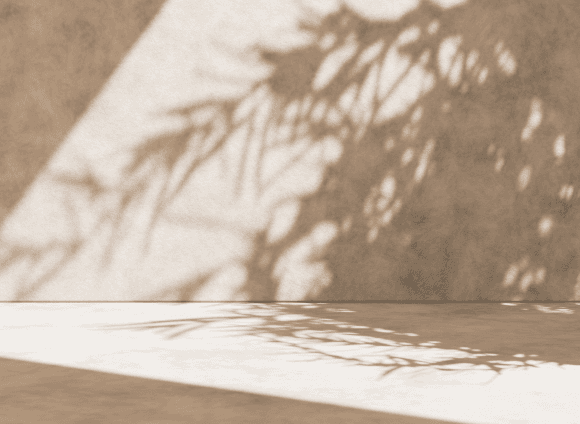The retractable canvas roof
Canvas is one of the most popular options for covering an aluminium pergola in France. It offers a degree of flexibility in terms of the amount of light and shade you want. Depending on your wishes and the weather conditions, you can deploy it fully or partially.
Thanks to its waterproofing, it's waterproof and provides effective sun protection in summer. Placed on a lean-to pergola, it is also an asset for the thermal insulation of the house. Fully retracted, it lets the sun's rays through to warm the adjacent room.
Polycarbonate roofing
Polycarbonate is used to create a strong, durable terrace roof. It takes the form of panels of varying opacity. Transparent or translucent, a polycarbonate roof lets in natural light. It provides a convivial shelter where you can spend pleasant moments without fear of UV rays.
A polycarbonate pergola protects your terrace from the elements while keeping out the heat. Its flat or slightly sloping roof adapts to all types of structure to create a designer terrace. Ideal for covering a freestanding or wall-mounted pergola, it provides optimum comfort all year round.
The glass roof
A glass pergola can be installed on a terrace or in a garden. Large, transparent glass walls provide an unobstructed view of the sky and shelter from the elements. A made-to-measure pergola with glazing gives your building an attractive, modern look.
However, a glass roof requires a lot of maintenance, unlike a bioclimatic aluminium pergola. It provides plenty of light, but needs to be washed regularly to maintain its clarity. Tinted glass can also be fitted to limit the amount of light and heat entering the building.
Tile or slate roofs
A slate roof enhances homes with a traditional architectural style. Its dark, intense colour underlines the charm of your property. Shingle, made from glass fibres, also achieves the same mineral look.
A tiled roof requires some preliminary work. It's essential to build a solid support to bear the weight of the tiles. And professional help is recommended to ensure that the roof is perfectly insulated.
Like a zinc roof, slate prevents the sun from shining on the roof. As a result, you benefit from a totally shaded area when it's hot. But the downside is that you can't let the light in when it's cooler.
The green roof
Another option is to install a green roof pergola. This involves using plants to cover your garden furniture. Climbing vines or succulent plants add colour while providing protection from the elements.
A green roof creates an intimate cocoon for entertaining guests in a warm atmosphere. Wooden decorative elements can be incorporated to accentuate the natural effect of the structure.
A green roof helps to cool your environment by providing a shaded area. However, it has a limited lifespan, depending on flowering. Over the course of the year, your terrace pergola will be exposed to varying degrees of sunlight.
Adjustable-slat roof
The roof of a bioclimatic pergola is light and strong. Placed horizontally or perpendicular to the façade, the adjustable slats can be adjusted to suit your needs. Thanks to the opening and closing system, you can regulate the amount of light entering the covered area.
With its aluminium structure and adjustable roof, the bioclimatic pergola is distinguished by its sobriety. Combined with concrete flooring, it creates a chic, contemporary terrace. The aluminium slats are available in a wide range of colours and can be fitted with LED lighting.
Biossun can help you with your bioclimatic terrace project. Contact us for a free quote. Our advisors will help you decide which type of bioclimatic design pergola is best for you.

